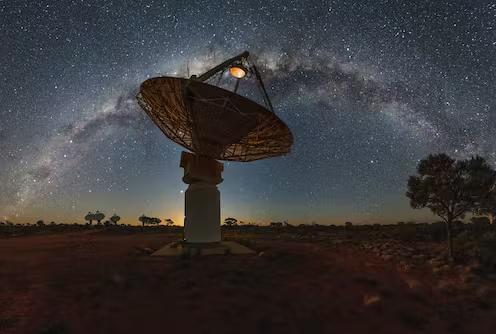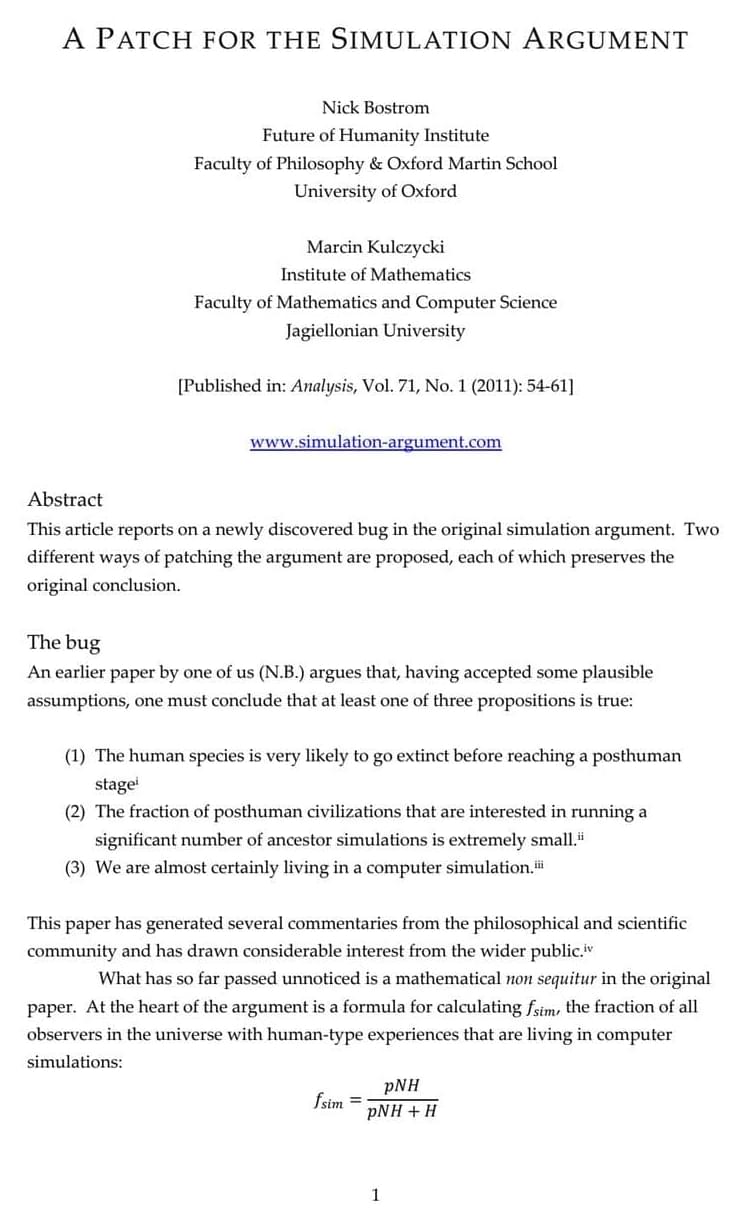Supermassive black holes reside in some of the biggest galaxies in the universe. They tend to be billions of times more massive that our Sun, and not even light itself can escape a black hole once it gets too close.
But it’s not all darkness. Supermassive black holes power some of the most luminous celestial objects in the universe – active galactic nuclei, which shine across the spectrum of light, including radio waves.
The active galactic nucleus in nearby galaxy Messier 87 is a prodigious emitter of radio waves, 27 orders of magnitude more powerful than the most powerful radio transmitters on Earth.






